Casting process-Parts of an inkjet printer
Get Latest Price| Min. Order: | 1 Piece/Pieces |
Brand: CTT
| Selling Units | : | Piece/Pieces |
The Role of Casting Process in Inkjet Printer Parts
Formation of Precise Micro-Features: Inkjet printer parts, such as the print head, require precise micro-features like tiny ink channels, nozzles, and chambers. The casting process allows for the accurate creation of these microscopic components with exact dimensions and smooth surfaces, ensuring ink flows predictably and consistently during printing.
Material Versatility: The casting process can work with a variety of materials including plastics, metals, and composites, which is advantageous in inkjet printer parts where different components may require specific properties such as corrosion resistance or thermal conductivity.
High Volume Production: Casting enables the efficient production of large quantities of identical parts, making it suitable for mass manufacturing of Inkjet Printer Components. This scalability is crucial for meeting the high demand for inkjet printer parts in the consumer and commercial markets.
Reduced Cost and Waste: Casting can be a cost-effective method as it allows the production of complex shapes in a single step, reducing the need for extensive machining or assembly. Additionally, material waste is minimized compared to subtractive processes like CNC machining.
At CTT the casting process lays the essential groundwork for effective inkjet printer part manufacturing by providing the necessary precision, consistency, and surface quality required for the end product to meet stringent quality standards. This synergy between precision manufacturing and advanced casting technologies enhances efficiency, reduces costs, and improves product traceability and branding in various industries.
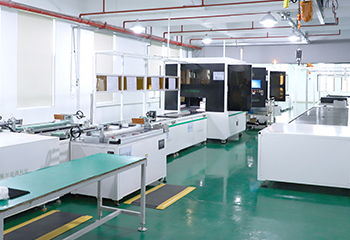
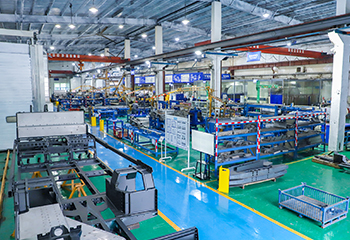
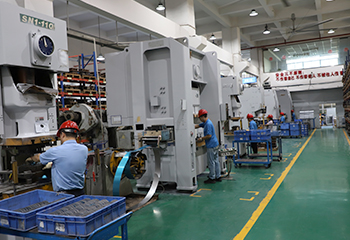
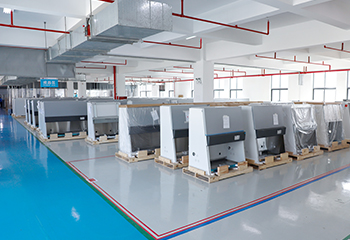
Founded in 2009, CTT Technology is a global high-tech enterprise specializing in precision components. With branches in Europe, the US, and Southeast Asia, plus warehouses in North America and Europe, CTT serves industries including automotive, medical, energy, food equipment, photovoltaics, and compressors. Partnering with Fortune 500 companies such as DANAHER, EXFO, and KOHLER, we are certified to ISO9001, ISO14001, IATF16949, ISO13485, and more. As home to the Guangdong Stainless Steel Engineering Technology Research Center, we created the CBS digital platform to drive intelligent manufacturing. Guided by our mission, we advance “Made in China 2025,” showcasing Chinese brand strength worldwide.
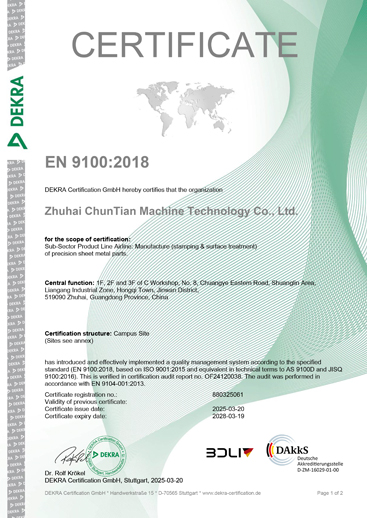
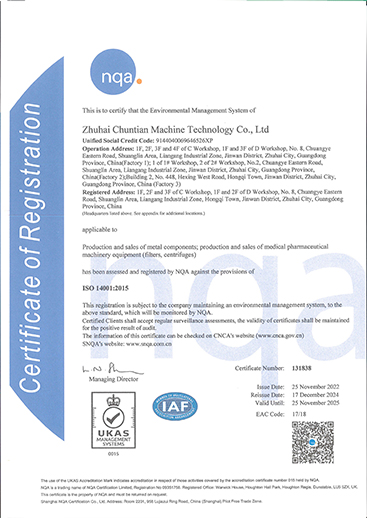
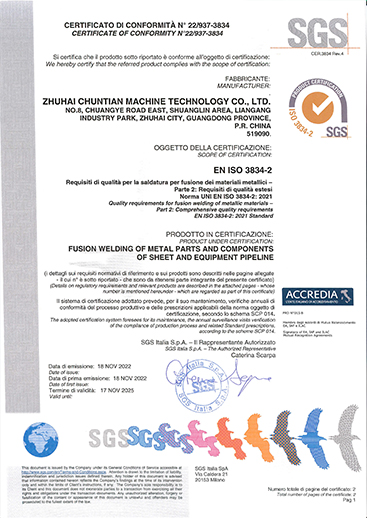
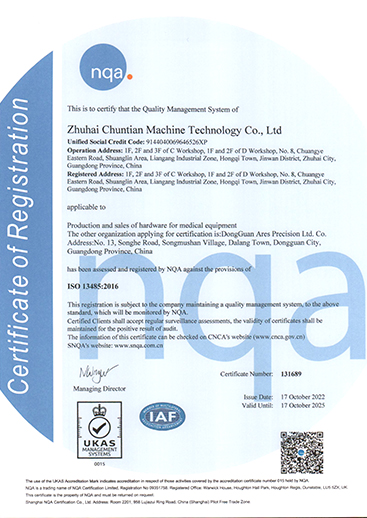





Privacy statement: Your privacy is very important to Us. Our company promises not to disclose your personal information to any external company with out your explicit permission.